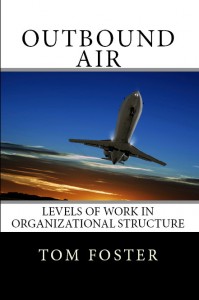As the organization moves from Startup to Go-Go, the second sea change occurs. The Startup always struggles with revenue. “Please find a customer to buy my product or service.” And, these first sales don’t even have to be profitable sales, because all the expenses go on a credit card, line of credit, whatever it takes to get the organization out of ground zero.
Every sale for the Startup is a one-off, tweaking the product or service to each individual customer. Those Startups that survive (make enough sales) find that as volume increases, they can no longer treat every sale from scratch, they must institute methods and processes. The struggle shifts from a revenue problem to a profit problem. The shear volume of the successful Startup becomes its biggest problem. A few unprofitable sales for the Startup becomes a staggering amount of red-ink for Go-Go.
And, profit becomes elusive.
The first sea change was a shift from organizing the work around the people to organizing the people around the work. The second sea change is a shift from organizing the work around methods and processes to organizing methods and processes into a system. It is only this second sea change where the organization begins to see its first signs of sustained profitability.
